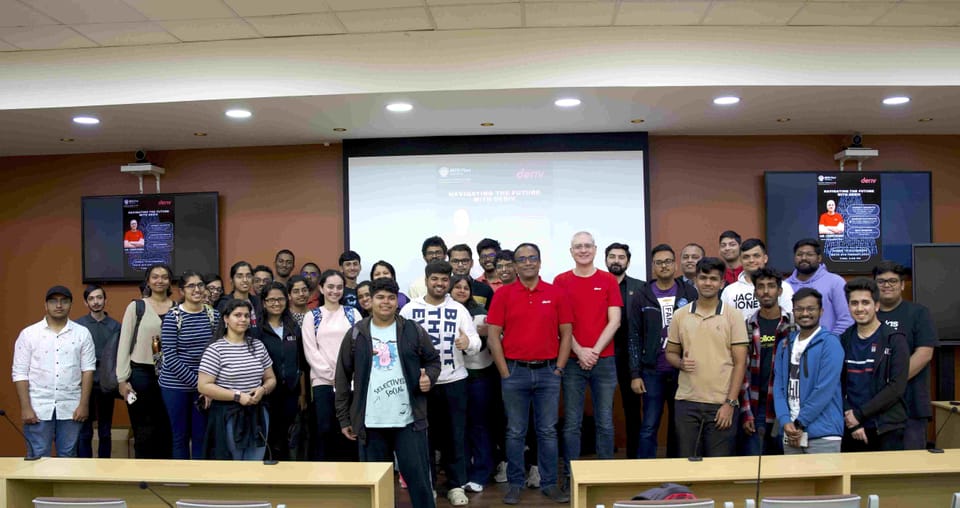Featured
Cloud-agnostic Kubernetes on AWS: A strategic guide
Improving secret scanning in source code management systems
Deriv’s Fintech Culture and Innovation
Raunak Kathuria on the fintech career path at Deriv
How to build and use Chrome extensions for WebSocket debugging
Fintech innovation meets ambition: Deriv at BITS Pilani - Dubai
Going beyond DORA metrics in DevOps performance assessment
GitHub visits Deriv Dubai, unveils the future of Copilot, Actions, and Advanced Security
Deriv Dubai hosts the 34th AWS User Group Meeting
Embracing innovation in trading: Looking back on 2023
Spotlight
Tech Events
-
Fintech innovation meets ambition: Deriv at BITS Pilani - Dubai
-
GitHub visits Deriv Dubai, unveils the future of Copilot, Actions, and Advanced Security
-
Deriv Dubai hosts the 34th AWS User Group Meeting
-
Networking & Career Opportunities Await | HackerX 2023
-
Sponsoring MetaCPAN - Perl
Tech Learning
-
Cloud protection strategies against dangling IP takeovers
-
Cloud-agnostic Kubernetes on AWS: A strategic guide
-
Improving secret scanning in source code management systems
-
How to build and use Chrome extensions for WebSocket debugging
-
Going beyond DORA metrics in DevOps performance assessment












